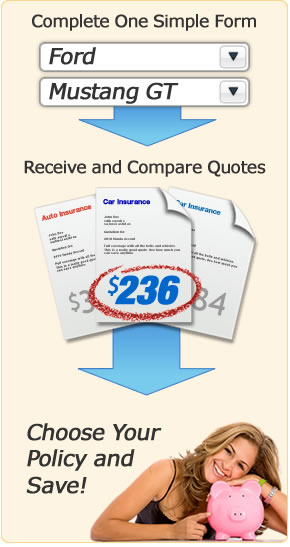
Insure Your Chrysler Concorde For Less Than You Are Paying Now
If comparing car insurance was easy, most of us would do it more often. But it's actually not a real enjoyable process for the majority of people and we always seem to end up paying too much. You might feel the same pain when having to pay the bill on your Chrysler Concorde.
Step One: Compare Multiple Rates
If you haven't priced insurance for awhile, you may still think that the only way to compare rates is to drive around town to multiple insurance offices and meet with an agent. Times have changed!
Getting online rate quotes for a Chrysler Concorde from all the major insurance companies is very easy and only requires you to enter your information once.
Start a free rate quote comparison now by clicking the link below. Once you complete the short form, you'll be able to compare rates and then move on to our next section on how to lower rates even further.
Quote Tip! In order to accurately compare rates for your Concorde, it's critical that you use the same limits and deductibles for liability and physical damage coverages like comprehensive and collision. If you use different limits, you will not be able to accurately compare rates between carriers.
Step Two: Best Ways to Lower your Concorde Insurance Cost
After completing step one above, you can now learn some of the other ways to slash your Concorde insurance costs.
- Many insurance companies will give you a small discount if you've recently completed a driver's training course.
- Insurance companies often give discounts to senior citizens and professional organizations, so if you're one of those, check to see if you qualify.
- Every parent dreads the day when their teenager gets added to their policy. If you are a teenager, or if you have one on your policy, expect to pay significantly more each year.
- Filing too many claims with your company can end up either costing you more for insurance or having your policy cancelled. Insurance companies don't like paying any more than you do, but they have the option of whether to keep you as a policyholder or not.
- Check your credit rating each year and address any problem areas. Higher credit scores mean lower car insurance rates.
- If you rent rather than own a home, you may be paying more for car insurance. Homeowners often get lower rates.
- You can save money on your physical damage coverage (comprehensive and collision) by increasing your deductibles. Higher deductibles mean you are willing to pay more before the insurance company covers a claim.
- Air bags, antilock brakes, traction control, and stability control all help lower the cost of insurance due to reducing the risk of injury in an accident.
- Speeding not only costs you a fine, a single ticket will raise your car insurance rates for up to three years. Slow down and be a safe driver and you'll pay lower rates.
- If switching companies, always have the effective date of the new policy be identical to the expiration date on the old policy. This prevents a lapse in coverage and companies charge higher rates if you have any lapses.
- Insurance companies pay attention to which vehicles are stolen the most, so if your car is frequently targeted by thieves, chances are good you will pay more for insurance if you live in certain parts of the country.

Step Three: Choose the Right Company for You
Purchasing an insurance policy is more than just clicking a button. You need to have funds available to make payment and you need to be sure that the coverages are adequate for your personal situation.
Car insurance policies don't have to be cancelled at the renewal date, but just be sure the new policy starts the same day you cancel your old policy. This avoids any gaps in coverage between policies.
If this is a new policy with only the Chrysler on it, be sure to have coverage before leaving the dealership or car lot. If you're adding it to an existing policy, you have anywhere from 15 to 30 days depending on the company. Most car insurance companies will extend coverage to newly purchased vehicles, but only up to the limits of the best insured vehicle. So if you only carry liability insurance and no physical damage coverage, your new purchase will be inadequately insured until you specifically add it to the policy with full coverage.
The proof-of-insurance card that is required by state law to be carried in your vehicle can be printed out upon completion of your car insurance policy. If you qualilfy as a high-risk driver after being convicted of a DUI, reckless driving or driving on a suspended license, you may be required to file an SR-22 with your state's DMV. Be sure your new car insurance company is aware of this filing requirement.
Additional Learning Resources
To do more research on car insurance, visit the Insurance Information Institute website.

